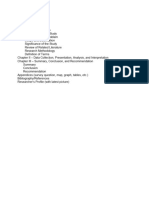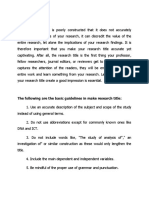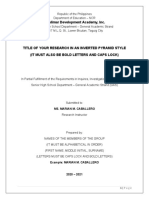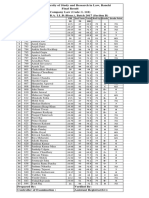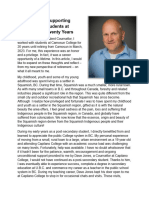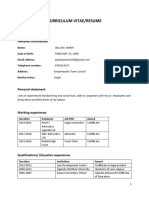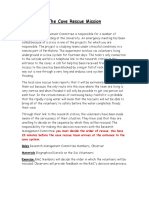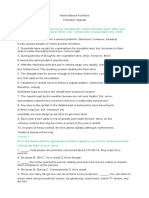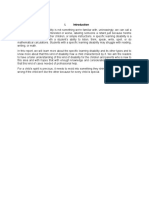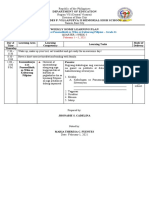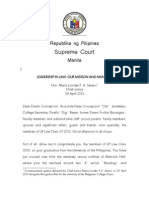0% found this document useful (0 votes)
42 views9 pagesIntroduction Research-Format
This document outlines the structure and requirements for a research paper to be presented to the Senior High School Department at Mystical Rose School of Bulacan Inc. It includes guidelines for writing the introduction, literature review, theoretical framework, conceptual framework, statement of the problem, hypothesis, significance of the study, scope and delimitations, and definition of terms. Additionally, it provides citation formats for references used in the research.
Uploaded by
neilaguilar558Copyright
© © All Rights Reserved
We take content rights seriously. If you suspect this is your content, claim it here.
Available Formats
Download as DOCX, PDF, TXT or read online on Scribd
0% found this document useful (0 votes)
42 views9 pagesIntroduction Research-Format
This document outlines the structure and requirements for a research paper to be presented to the Senior High School Department at Mystical Rose School of Bulacan Inc. It includes guidelines for writing the introduction, literature review, theoretical framework, conceptual framework, statement of the problem, hypothesis, significance of the study, scope and delimitations, and definition of terms. Additionally, it provides citation formats for references used in the research.
Uploaded by
neilaguilar558Copyright
© © All Rights Reserved
We take content rights seriously. If you suspect this is your content, claim it here.
Available Formats
Download as DOCX, PDF, TXT or read online on Scribd
/ 9
